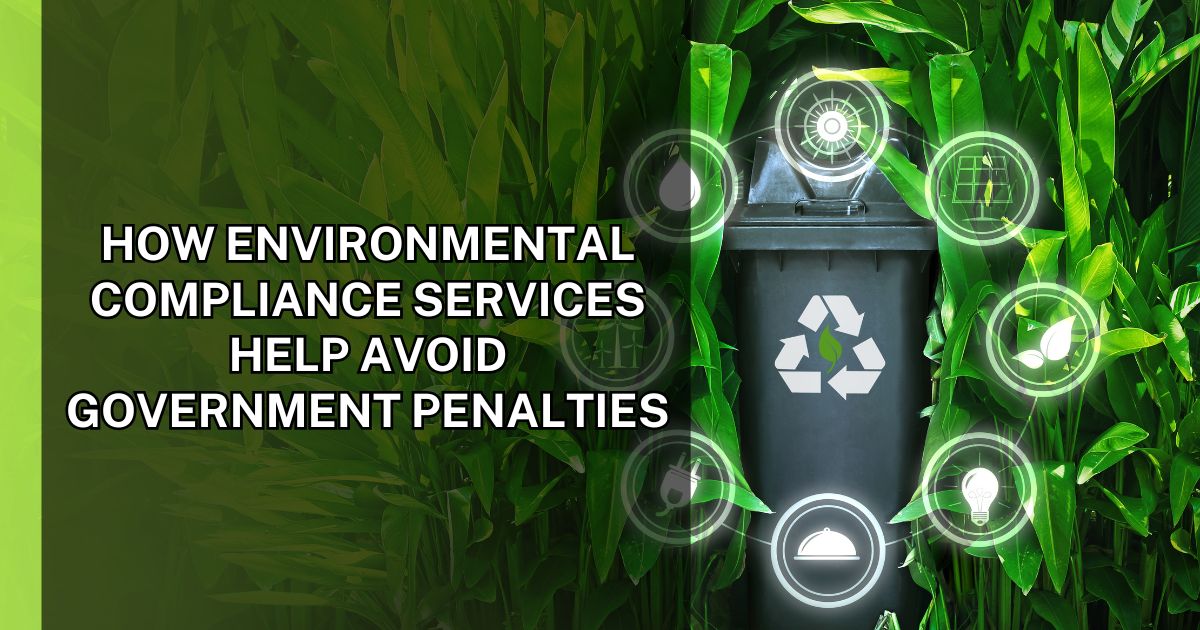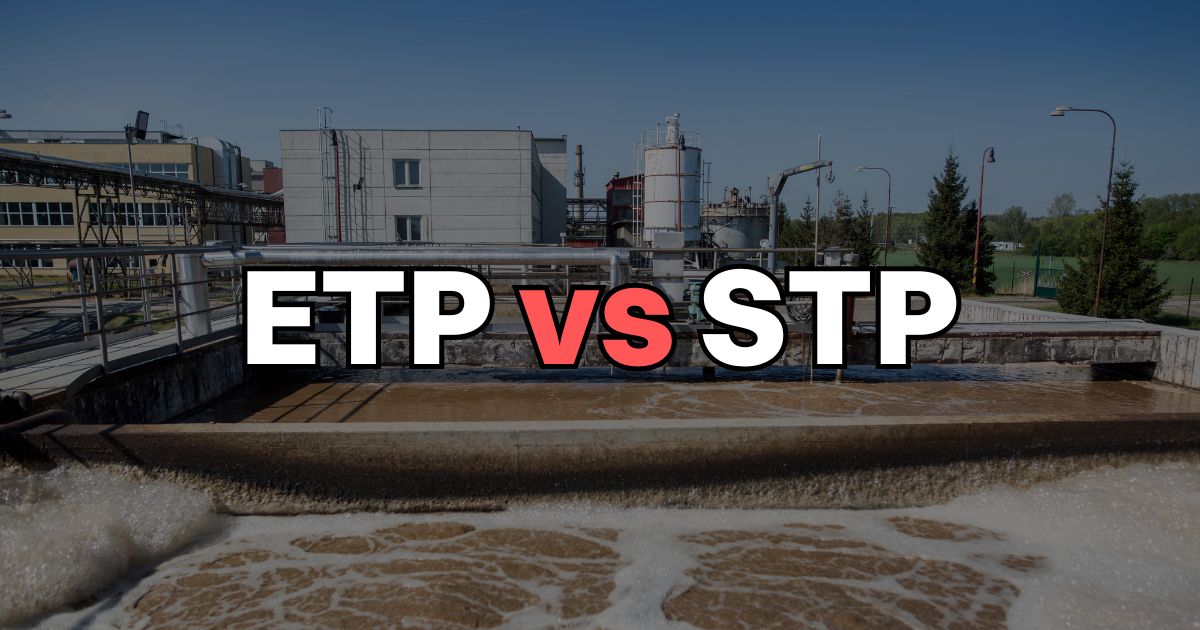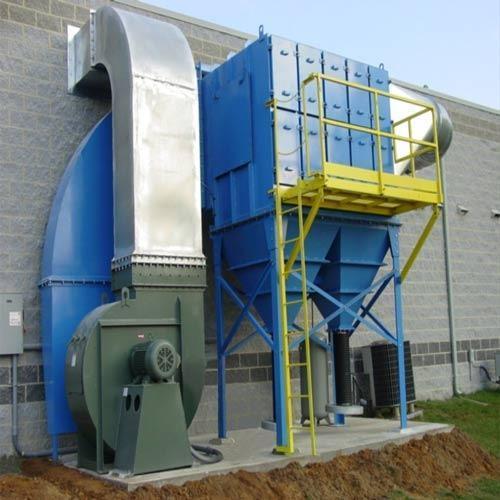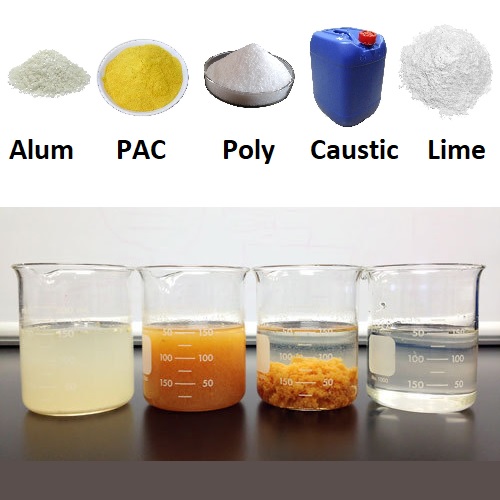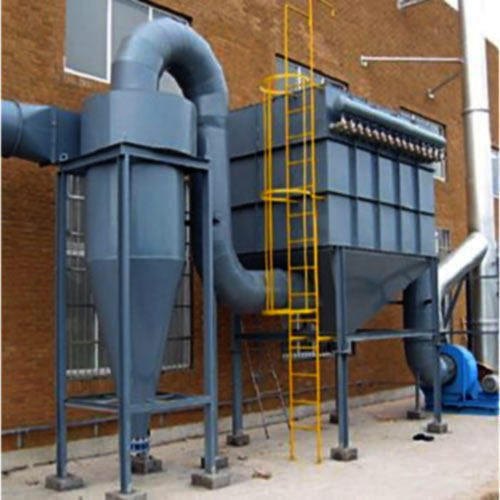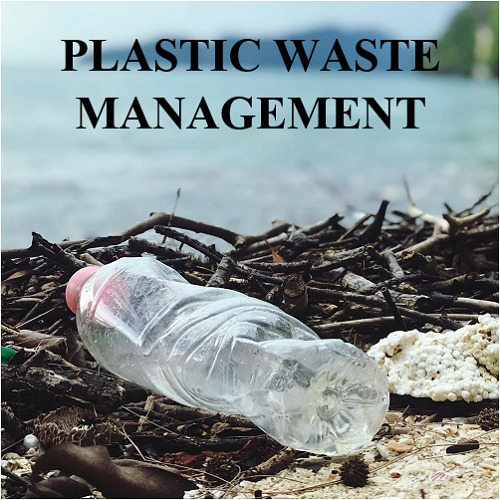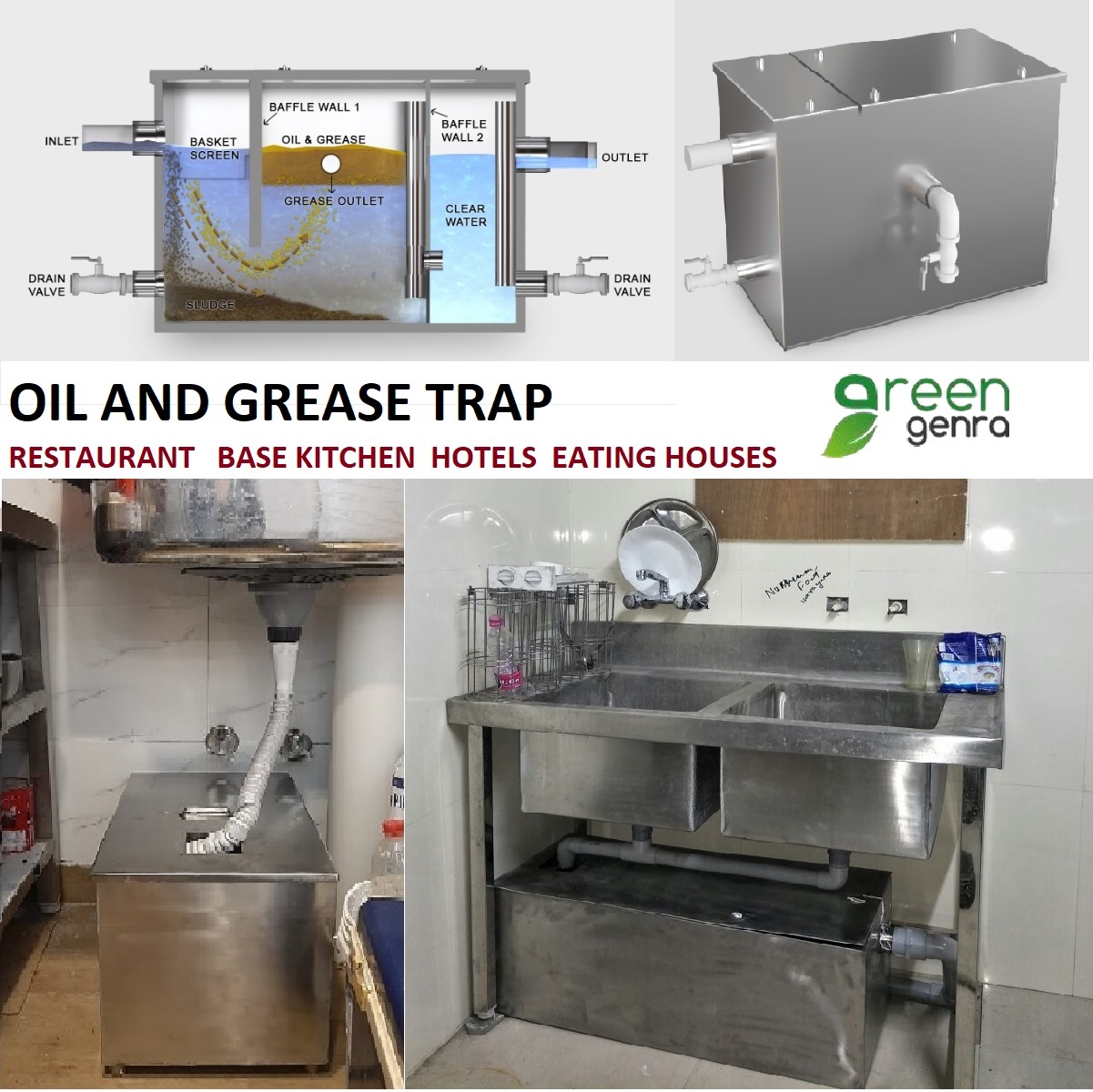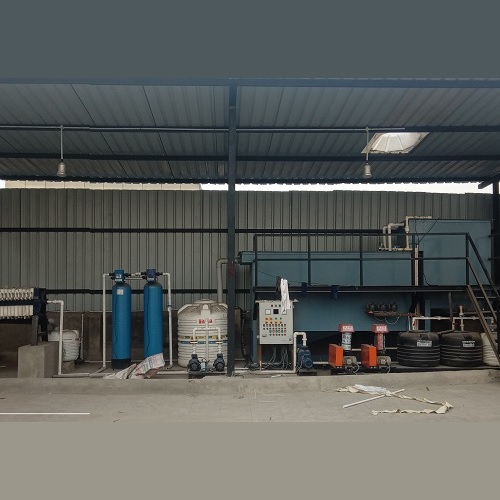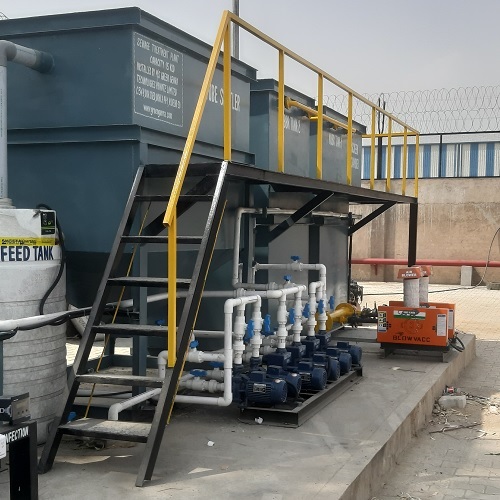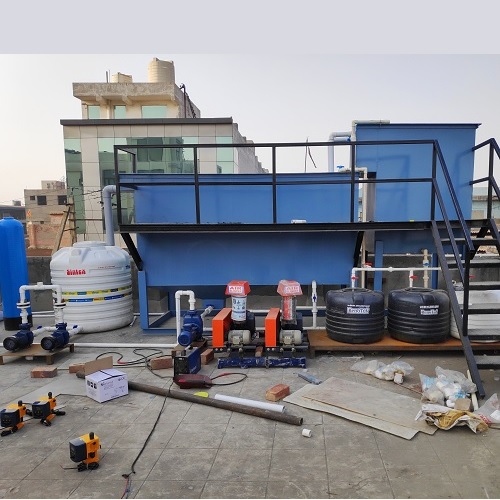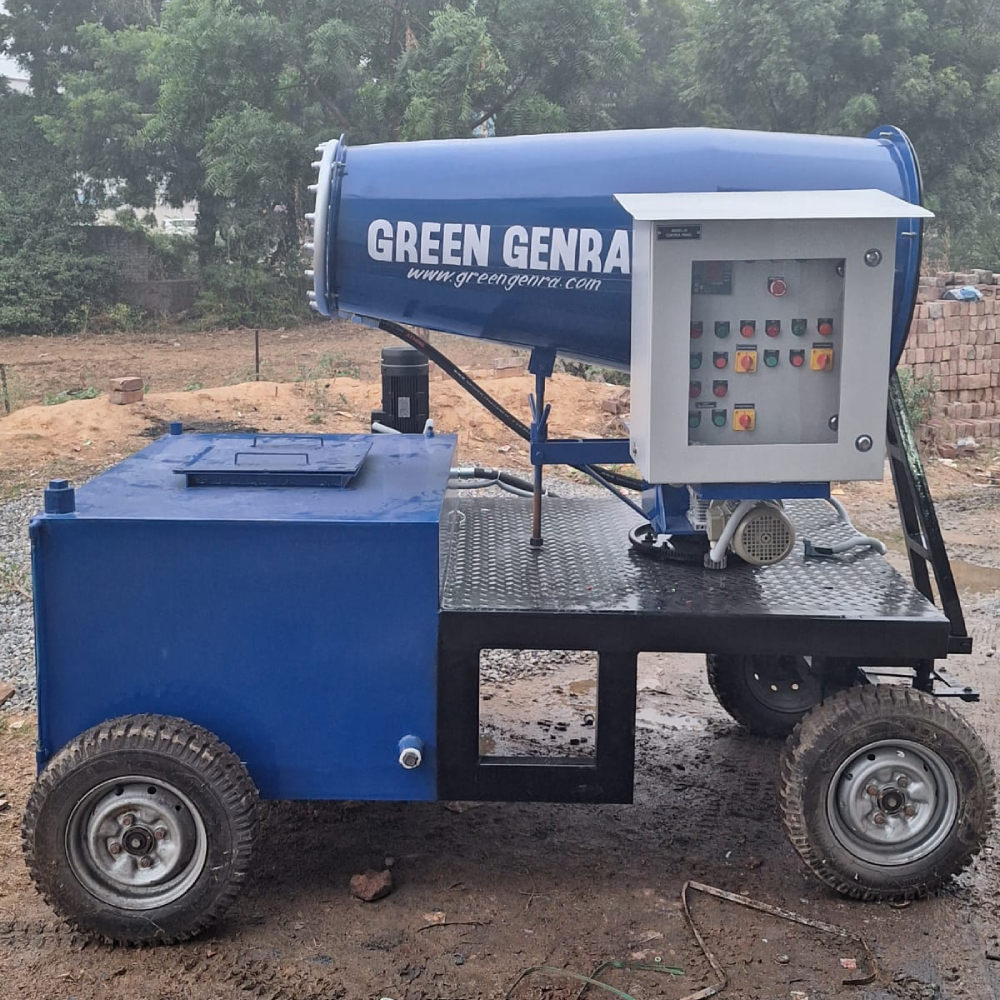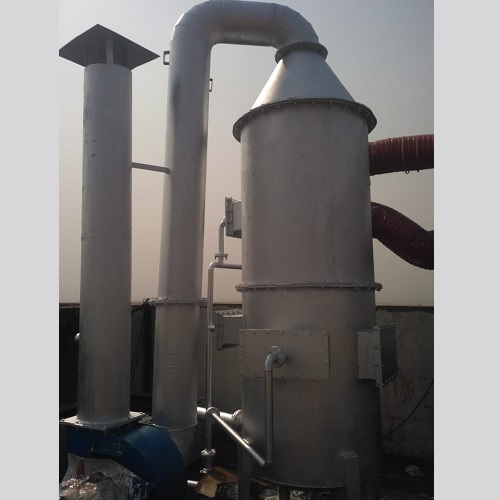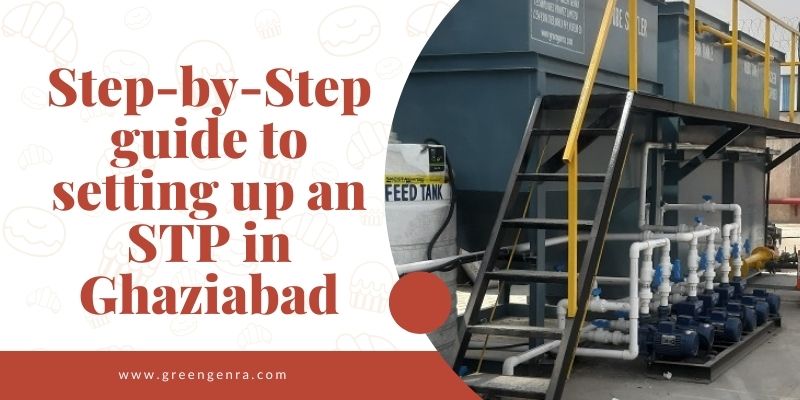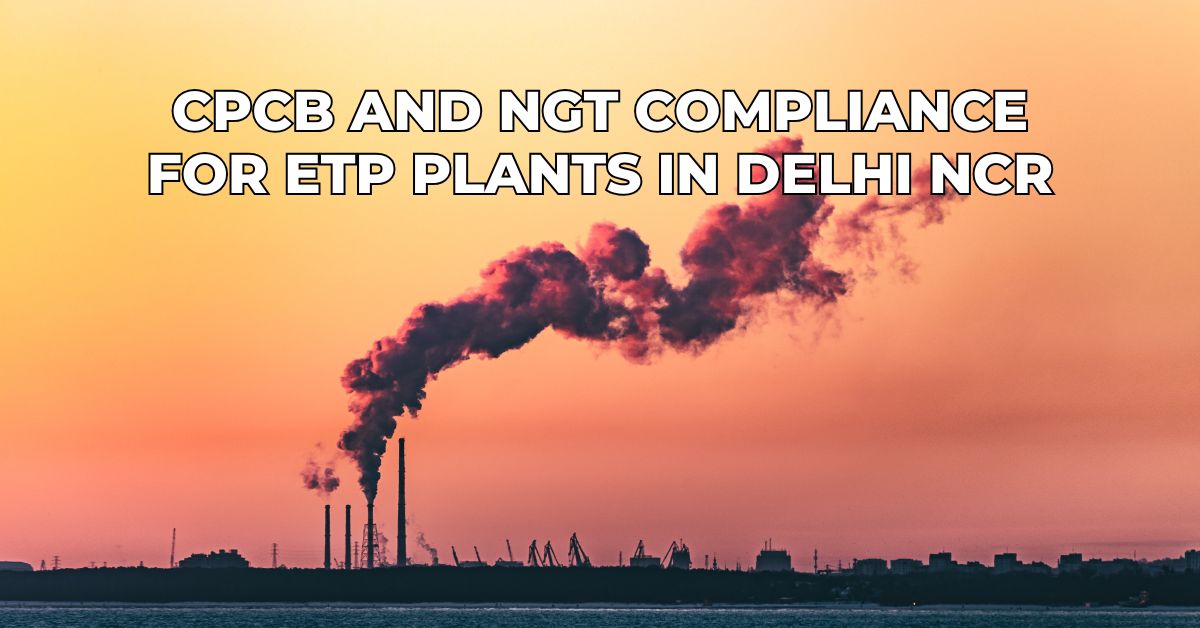Water Expo 2025 in New Delhi 28-30 August 2025 | Pragati Maidan, New Delhi India 20th Everything About Water Expo 2025 ...
The Lockdown Cleaned the Ganga More Than ‘Namami Gange’ Ever Did.
The Ganga is clean, in some places so clean as to be fit for drinking. Fish and other marine life is visible in the water and in the ghats.
We've read news reports along this line for all rivers in the last few. Many of India’s rivers currently have clear flows. Aquatic species are reclaiming their legitimate place. The foul smell is not so strong anymore. And all of this has happened without any technological intervention, or even because of the absence of technological intervention.
The coronavirus pandemic, and India’s subsequent lockdown, offer several lessons in river hydrology, ecological flow, pollution and the role of the community. The increased snow melt combined with lack of industrial production, lower irrigation and commercial use have also contributed to the change.
What ‘Namami Gange’, the Centre’s flagship programme to clean the Ganga, couldn’t achieve in several years nature has done in three weeks. How then can the government justify spending Rs 7,000 crore to clean this river without any positive outcomes?
The greatest flaw in this and similar programmes is that we set out to clean a river system that already works well, just that we keep polluting it with industrial effluents, sewage and plastic. Instead of protecting rivers by blocking pollutants from entering them, we decided to continue polluting them and cleaning them at the same time.
Now is a good time to ask tough questions about what the scheme’s designers got wrong. Foremost is that the scheme structurally discouraged industry and commercial enterprises responsible for polluting the river to do their bit and innovate. Several environmentalists, academicians, sadhus and other observers pointed out failures large and small but they don’t seem to have made an impression on polluters.
When a river can clean itself and regain its original flows, the use of tertiary sewage treatment plants (STP), costing several hundred crores of rupees, appears fallacious. STPs can’t be the solution – a lesson we also refused to learn when other countries stopped using them to clean their water bodies, but should learn now as we stand humbled by a tiny virus. This is less because STPs can’t handle the volume and more because their maintenance and upkeep quickly outweigh their usefulness.
Another important reason ‘Namami Gange’ doesn’t work is its refusal to understand how the fish and marine plant population, the river banks, the livelihoods of people living nearby and their socio-economic profile are all linked. It’s crucial that we revive the rivers’ hydrology without interfering with the multitude of ecosystems they’re a part of.
Major river-cleaning projects have received state support in the form of funds, technologies and infrastructure, whereas the cessation of industrial activity as a result of the pandemic clearly indicates their approach wasn’t scientific and environmental, with communities as the principal stakeholders. One hopes the government and polluters will build on this chance, terminate commercial contracts and adopt a new approach: the technology-heavy team needs to be replaced with multidisciplinary groups of specialists.
India’s rivers aren’t going to remain as clear as they are now forever, and will get dirty soon after life gets back to normal. So instead of aspiring to maintain the current status, we can reasonably expect to arrest the rate of decline in the quality and flow. If quality declines too fast, we’ll be back to square one.
As a short-term plan, for the next six months or so, the most-polluting sources should not be allowed to dump effluents or treated sewage into the rivers. Urban sewage will need to be treated upstream and prevented from entering rivers. The river beds need to be mapped to identify lean-flow zones, flood banks and buffer zones. Lawmakers should provide the necessary support, including in the form of legal instruments.
In the medium term – over the next five years – we should ensure the rivers don’t fall back to their pre-pandemic state. All urban centres on rivers’ banks should design new business plans to reuse treated sewage water for secondary or tertiary needs, thus reducing the profitability of letting the water flow into the river. Officials should also plan to recharge groundwater, irrigate farmland and derive drinking water from the river.
It’s true that the lockdown dealt a body-blow to India’s economy but that doesn’t take away from the fact that we stand to reap the effects of cleaner air and water, however temporarily, on the people. So in the longer term – over 10 years – it should be illegal for industrial facilities, business centres, residential projects and places of congregation to be set up on river banks and in catchment areas. Irrigation projects, power projects, mining and tourism activities should also be strictly rationalised, and need to be sacrificed to the extent possible for the good of the environment.
The impact of climate change looms large, and before the worst of it is upon us, it will serve us well to be ecologically sensitive and prepared. Prof G.D. Agarwal fasted to his death in 2018 protesting the government’s reluctance to share in the same vision. As a tribute to his foresight, it is time we unlocked all the shackles we’ve imposed on the Ganga and all other Indian rivers.
Also Read: Yamuna cleaner during lockdown due to increase in fresh water, lesser effluent generation: NGT panel
Source: Science The Wire



































































Understanding Grease Traps: What are they, and why are they essential? Grease Traps, also known as grease interceptors, ar...
As India tackles pollution, waste management and climate change, the environmental regulations are becoming increasingly stri...
Are you planning to install ETP (Effluent Treatment Plant) or STP (Sewage Treatment Plant) in India? If so, understand the di...
Ghaziabad has witnessed an increase in several industries in the past few years. The continuously rising population and a gro...
Effluent Treatment Plant (ETP) from reliable ETP Plant Manufacturers play a key role in reducing industrial pollution by trea...
With the increasing levels of water contamination in Ghaziabad because of growing industries and a growing population, wastew...
Understanding Grease Traps: What are they, and why are they essential? Grease Traps, also known as grease interceptors, ar...
As India tackles pollution, waste management and climate change, the environmental regulations are becoming increasingly stri...
Are you planning to install ETP (Effluent Treatment Plant) or STP (Sewage Treatment Plant) in India? If so, understand the di...
Ghaziabad has witnessed an increase in several industries in the past few years. The continuously rising population and a gro...
Effluent Treatment Plant (ETP) from reliable ETP Plant Manufacturers play a key role in reducing industrial pollution by trea...
With the increasing levels of water contamination in Ghaziabad because of growing industries and a growing population, wastew...
Understanding Grease Traps: What are they, and why are they essential? Grease Traps, also known as grease interceptors, ar...
As India tackles pollution, waste management and climate change, the environmental regulations are becoming increasingly stri...
Are you planning to install ETP (Effluent Treatment Plant) or STP (Sewage Treatment Plant) in India? If so, understand the di...
Ghaziabad has witnessed an increase in several industries in the past few years. The continuously rising population and a gro...
Effluent Treatment Plant (ETP) from reliable ETP Plant Manufacturers play a key role in reducing industrial pollution by trea...
With the increasing levels of water contamination in Ghaziabad because of growing industries and a growing population, wastew...
Water Expo 2025 in New Delhi
Water Expo 2025 in New Delhi 28-30 August 2025 | Pragati Maidan, New Delhi India 20th Everything About Water Expo 2025 ...
Water Expo 2025 in New Delhi
Water Expo 2025 in New Delhi 28-30 August 2025 | Pragati Maidan, New Delhi India 20th Everything About Water Expo 2025 ...
Water Expo 2025 in New Delhi
Water Expo 2025 in New Delhi 28-30 August 2025 | Pragati Maidan, New Delhi India 20th Everything About Water Expo 2025 ...
Water Expo 2025 in New Delhi
Water Expo 2025 in New Delhi 28-30 August 2025 | Pragati Maidan, New Delhi India 20th Everything About Water Expo 2025 ...


